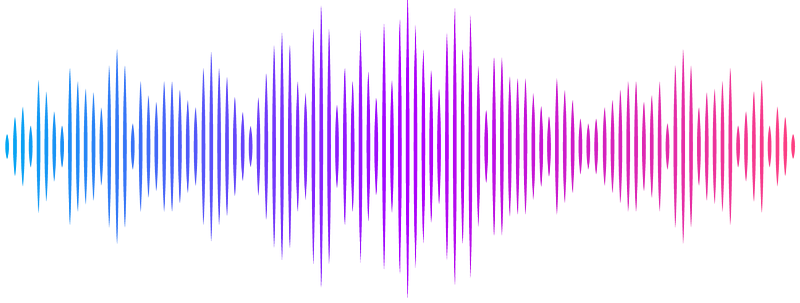A drug repurposing screen reveals dopamine signaling as a critical pathway underlying potential therapeutics for the rare disease DPAGT1-CDG

A drug repurposing screen reveals dopamine signaling as a critical pathway underlying potential therapeutics for the rare disease DPAGT1-CDG
Dalton, H. M.; Young, N. J.; Berman, A. R.; Evans, H. D.; Peterson, S. J.; Patterson, K. A.; Chow, C. Y.
AbstractDPAGT1-CDG is a Congenital Disorder of Glycosylation (CDG) that lacks effective therapies. It is caused by mutations in the gene DPAGT1 which encodes the first enzyme in N-linked glycosylation. We performed a drug repurposing screen on a model of DPAGT1-CDG in Drosophila (\"DPAGT1 model\") using 1,520 small molecules that are 98% FDA/EMA-approved. We identified 42 candidate drugs that improved the DPAGT1-CDG model. Notably from this screen, we found that pharmacological and genetic inhibition of the dopamine D2 receptor rescued the DPAGT1 model. Loss of both dopamine synthesis and recycling rescued the model, suggesting that dopaminergic flux and subsequent binding to D2 receptors is detrimental under DPAGT1 deficiency. This links dopamine signaling to N-glycosylation and represents a new potential therapeutic target for treating DPAGT1-CDG. We also genetically validate other top drug categories including acetylcholine-related drugs, COX inhibitors, and an inhibitor of NKCC1. These drugs and subsequent analyses reveal novel biology in DPAGT1 mechanisms, and they may represent new therapeutic options for DPAGT1-CDG.


